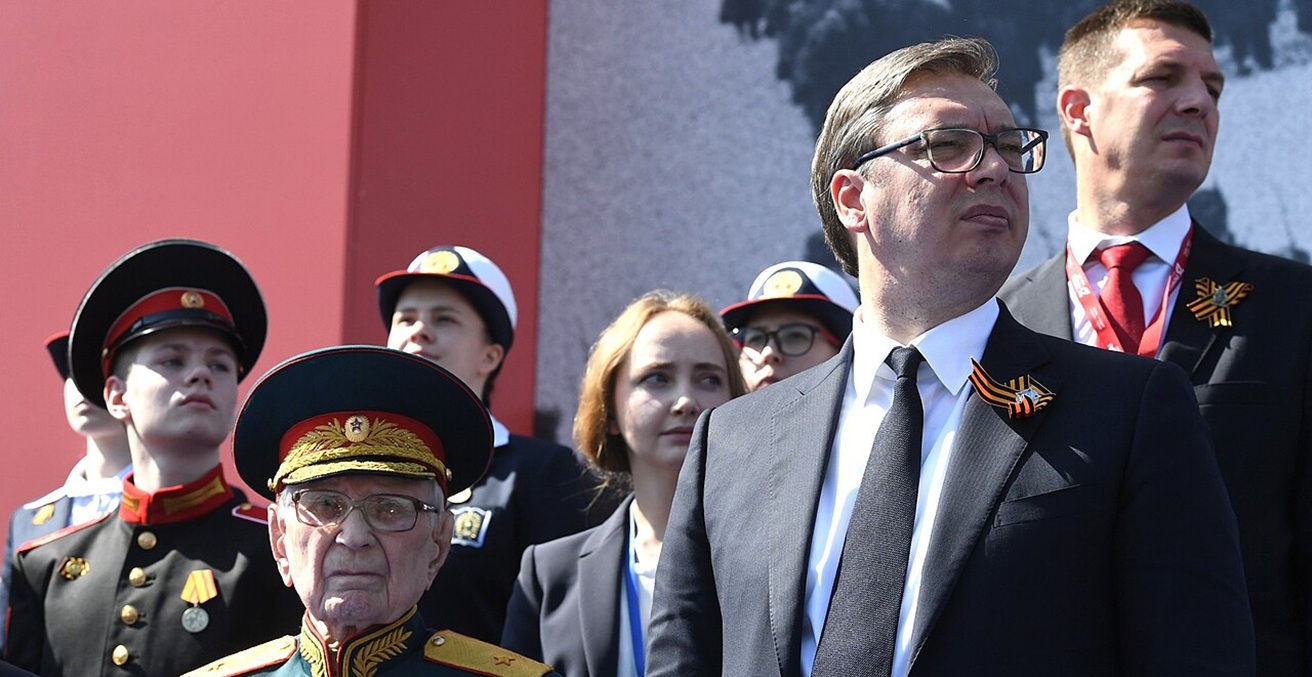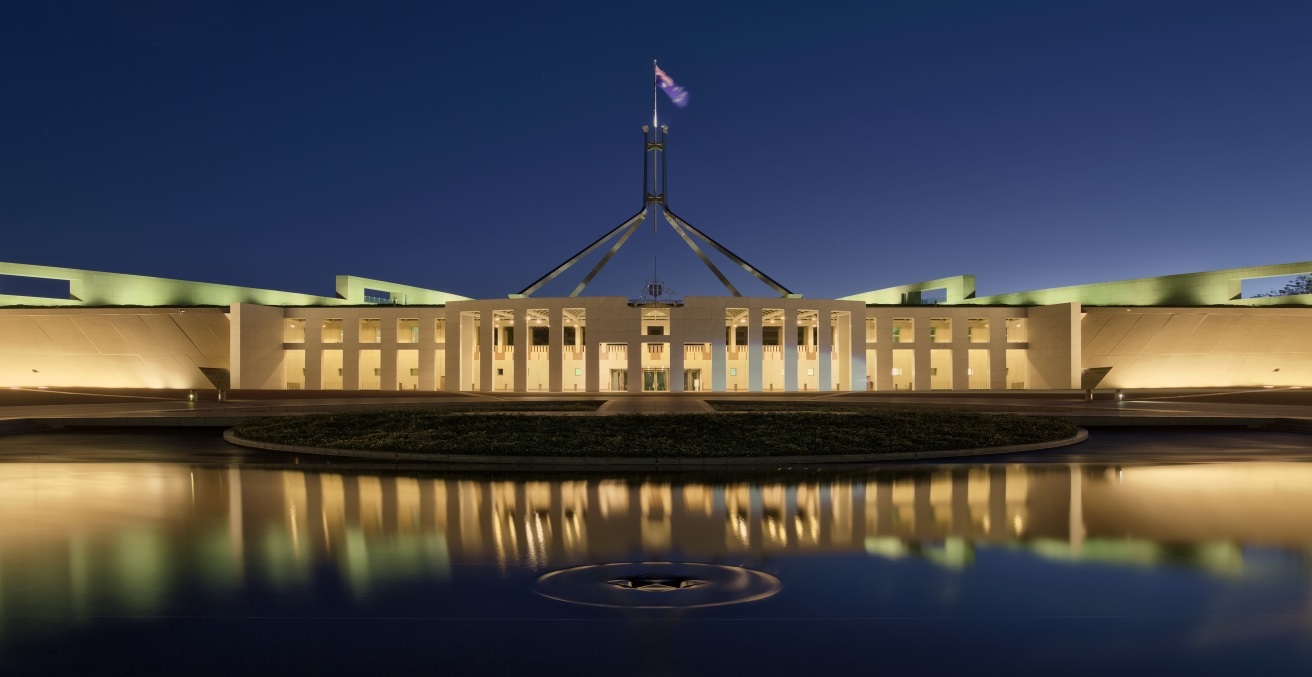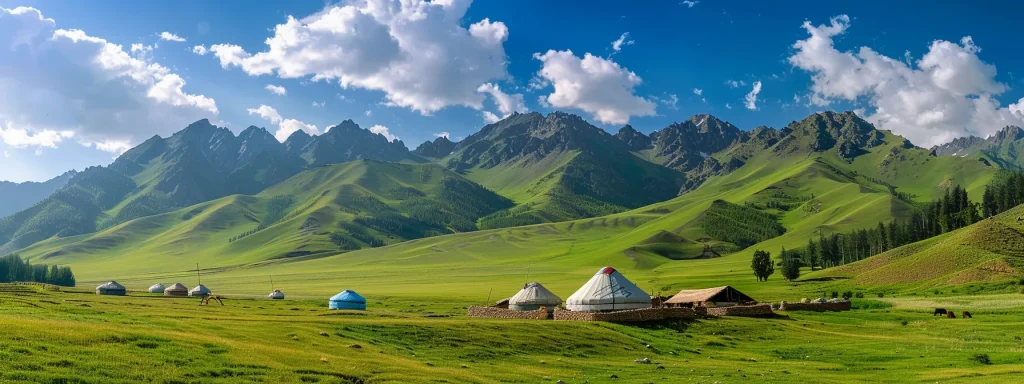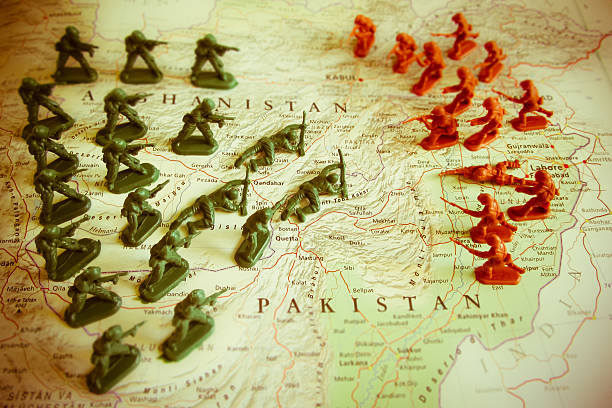Serbia’s future hinges on how it navigates its competing loyalties. Its path forward depends on whether it chooses to lean into its nostalgic ties or align more closely with its economic interests.
A romanticised view of Russia, particularly its cultural heartlands, is common among Serbs with no firsthand experience of Soviet rule. Serbia, as part of the former Socialist Federal Republic of Yugoslavia, occupied a unique position in the post-World War II geopolitical order. Under the leadership of Josip Broz Tito, Yugoslavia decisively rejected Soviet dominance in 1948, leading to its expulsion from the Cominform. This was a bold move, famously marked by Tito’s defiant “nyet” to Stalin.
Following this split, Yugoslavia pursued a non-aligned foreign policy, establishing the Non-Aligned Movement (NAM) alongside other decolonising nations. This allowed it to maintain a delicate balance between the East and the West. State-sponsored construction companies were active in Asia and Africa, while guest workers were exported to Western Europe to bolster the domestic economy. Serbia, as a successor state, maintains engagement with the NAM to this day, continuing its long-standing tradition of non-alignment.
A dual pillar of sentiment and strategy
Serbia’s current diplomatic relationship with Russia reflects a mixture of historical sentiment and pragmatic strategy. The bond is sustained through Orthodox Christian faith, Slavic linguistic familiarity, and a shared narrative of past solidarity. These factors bolster Russia’s influence in Serbia, most visibly through extensive media penetration and strong political support for Serbia’s territorial integrity, especially concerning Kosovo.
One of Russia’s most powerful diplomatic tools remains its veto power in the United Nations Security Council. Moscow has consistently used this privilege to block Kosovo’s accession to international institutions, a gesture widely appreciated in Serbia. This support reinforces Russia’s image as a loyal ally among much of the Serbian public.
Meanwhile, Russia has secured a prominent role in Serbia’s economic landscape. Bilateral trade between the two nations is estimated at US$3 billion annually. Gazprom owns a majority stake in Serbia’s oil and gas company, NIS, and Serbia remains tied into Russia’s TurkStream gas pipeline. As of May 2025, Serbia extended its gas import contract with Russia until the end of September, locking in prices and guaranteeing supply ahead of winter.
Additionally, the Russian tech company Yandex has relocated a significant portion of its operations to Serbia. The firm employs thousands of local staff in transportation, delivery, and IT services. Since the 2022 invasion of Ukraine, over 300,000 Russian nationals and approximately 20,000 Ukrainians are estimated to have settled in Serbia fleeing war, with many employed in these sectors and obtaining Serbian residency. This follows a historical pattern; for instance, more than 1,500 prominent Russian families sought refuge in Serbia after the Russian Civil War (1917–1918). Many Serbs still travel to Russia, including for business, holiday, or professional exchanges. While Western pop culture dominates in Serbia, many Russian artists still perform there regularly, especially in classical arts.
Pragmatic neutrality
President Aleksandar Vučić has carefully walked the tightrope of maintaining Serbia’s candidacy for European Union membership while resisting pressure to join Western sanctions against Russia. This diplomatic balancing act reflects both domestic political realities and a long-standing foreign policy of strategic neutrality.
In early May 2025, Vučić attended Russia’s Victory Day parade alongside President Vladimir Putin. While EU officials strongly criticised his decision, Vučić defended his actions as a matter of honouring “traditional friendships.” He reiterated Serbia’s support for Ukraine’s territorial integrity yet refrained from imposing sanctions on Moscow. This ambiguous stance continues to frustrate Western diplomats, who see Serbia as needing to “choose a side.” However, choosing a side would be contrary to the Serbian government’s worldview of needing to remain strategically neutral, which is a tradition in Serbia’s foreign policy dating back to the 13th century. However, some Russian officials have recently questioned Serbia’s neutrality as reports emerged about Serbian defence companies exporting weapons to Ukraine through third party companies located in the Czech Republic, Poland, and Bulgaria.
Serbia’s official refusal to impose sanctions against Russia has preserved its access to Russian markets, energy, and political backing. However, it also risks alienating its most significant trading partners. In 2024, Serbia exported goods worth US$959.1 million to Russia—just three percent of its total exports. In comparison, exports to the European Union totalled US$19.3 billion, accounting for over 60 percent of total trade. Imports reflect a similar pattern, with only 3.3 percent coming from Russia compared to 56.3 percent from the EU. This stark contrast suggests that while Russia may provide strategic and emotional support, Serbia’s economic lifeline lies firmly in the West.
The energy factor
Energy remains the linchpin in Russia-Serbia relations. Serbia is heavily dependent on Russian gas, with existing contracts offering favourable terms that are hard to replicate elsewhere. Although Serbia is making efforts to diversify its energy mix—including exploring Azerbaijani gas, LNG imports via Greece and Croatia, and domestic renewables—these transitions take time.
A new strategic plan for wind and solar development is underway, and Serbia is also preparing to auction renewable energy projects. In parallel, the EU and Serbia signed a strategic raw materials partnership in July 2024, targeting Serbia’s lithium reserves. These are critical to the EU’s push to reduce dependency on Chinese supply chains. Yet, public protests against lithium mining in Serbia have stalled the project, revealing the complex interplay between geopolitics and local opposition.
Serbia’s role in a shifting world
Despite being a small country, Serbia plays an outsized role in the geopolitics of Southeast Europe. With the war in Ukraine dragging on and Moscow becoming increasingly isolated, Serbia remains a key outpost for Russian diplomacy and influence in Europe. At the same time, the country is also investing in deeper partnerships with China, which is fast becoming a major investor in Serbian infrastructure, technology, and mining.
While Serbia’s historical and cultural ties with Russia are enduring, they are not immutable. The Serbian public is increasingly aware of the limitations of relying solely on Moscow for diplomatic and economic support. Younger generations are more outward-looking and inclined toward European integration. This generational shift, combined with economic imperatives, could eventually reshape Serbia’s foreign policy priorities.
Serbia between a rock and a hard place
Serbia’s future hinges on how it navigates its competing loyalties. Russia remains a potent symbol of shared heritage and a geopolitical partner on issues like Kosovo. But economically and institutionally, Serbia is deeply embedded in European systems. Its path forward depends on whether it chooses to lean into its nostalgic ties or align more closely with its economic interests.
In today’s multipolar world, Serbia is attempting to preserve its tradition of non-alignment while adapting to a new era of global fragmentation. Whether it succeeds in maintaining this delicate balance, or is ultimately forced to choose, will have profound implications not only for its own trajectory but for the entire Western Balkans.
The romanticism of Russia still appeals to many Serbs and people from the Balkans generally, especially older, Yugo-nostalgic generations. Yet the reality of economic interdependence with the West and the shifting sands of global diplomacy may compel Belgrade to make harder decisions in the years to come. Romance or pragmatism? It is always a mix of both in Serbia’s case.
Dr Nina Markovic Khaze (PhD Pol. Sc., ANU) is a sessional academic at Macquarie University, political analyst for SBS radio and Director of Communications at Solve Law, Manly. She was previously Vice-President of the AIIA’s ACT Branch, and senior parliamentary researcher for Europe and Middle East.
This article is published under a Creative Commons License and may be republished with attribution.





